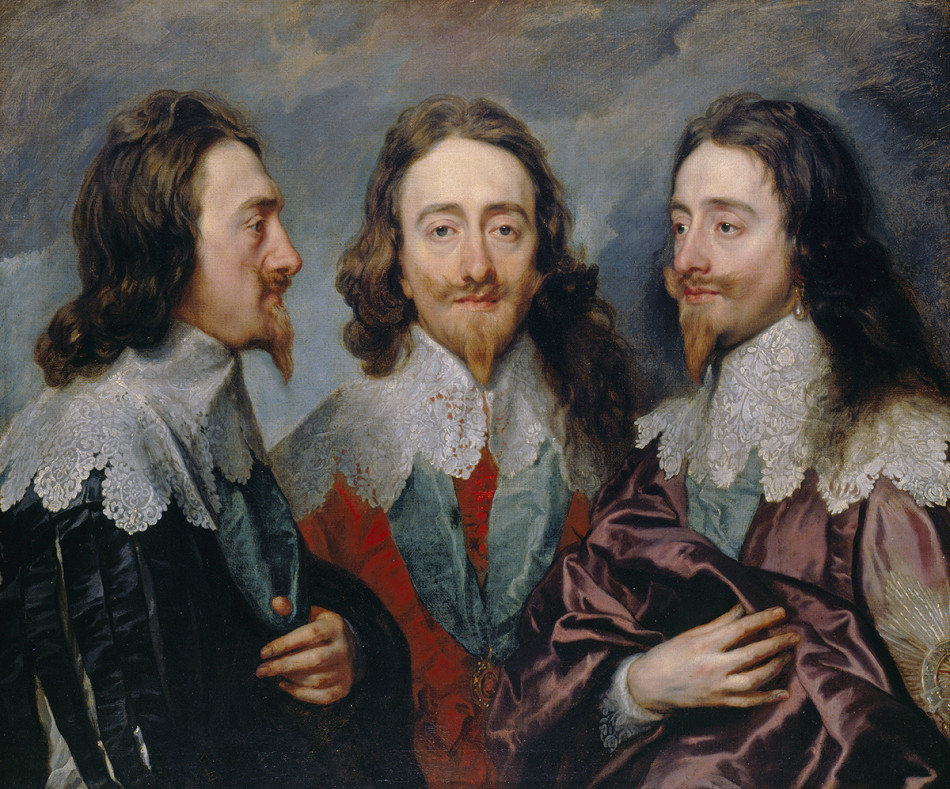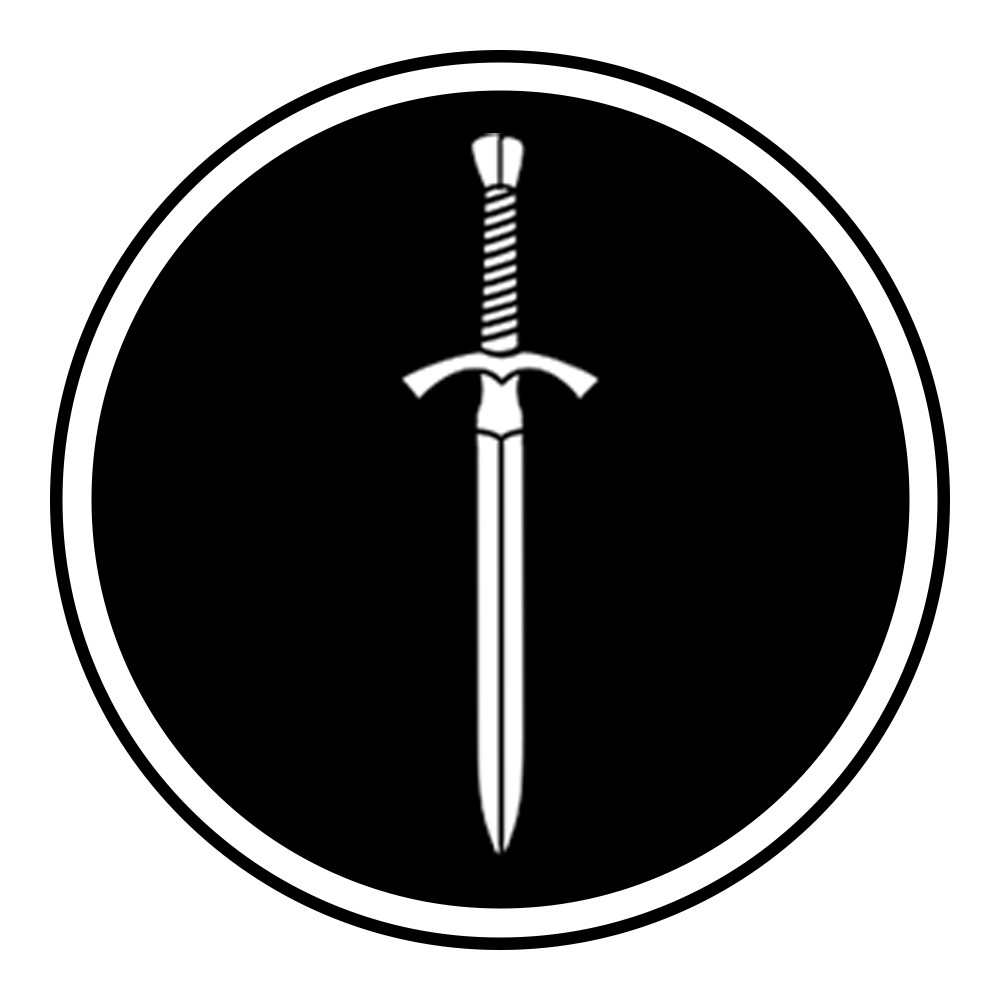King Charles I was a great lover of art and amassed possibly the finest collection in the world.
Magnificent works by Rubens, Titian, Correggio, Giorgione, van Eyck, Mantegna, Tintoretto, Leonardo da Vinci, Raphael, van Dyck and more.
And after his execution the miserable bloody Puritans sold the lot of it with great abandon.
It was a quite mercenary frenzy to raise whatever cash they could as quickly as they could and many of these works were sold for a fraction of their true value.
They flogged everything in the palaces. Beds, chairs, pots and pans, tapestries, sculptures and paintings.
The Spanish and French ambassadors swooped in and snatched up many of these works for their own nations.

Oil on canvas. 84.4 x 99.4 cm. RCIN 404420. Royal Collection Trust / © Her Majesty Queen Elizabeth II 2017.
There were outstanding royal debts to be paid and so not only did they sell the items to pay the debts but they also handed over works in lieu of cash!
And so many of these great works ended up stacked in the houses of glaziers, plumbers, vintners and tailors who had done work for the Crown.

Mars, Venus and Cupid, c.1580.
National Galleries of Scotland, Edinburgh. Purchased by the Royal Institution 1859; transferred to the National Gallery of Scotland 1867. Photo: Antonia Reeve © National Galleries of Scotland.
Many of these works remained in these families for generations and are now spread all over the world, some in museums and galleries and others still in private hands.
Consider the case of the London plumber John Embry who was owed £903 for the work he had done for the king and who was told to pick whatever paintings he wanted to settle his debt. He took 24 magnificent paintings including the 2-metre tall “Saint Margaret and the Dragon” by the great master Titian (pictured) which he hung on the walls of his quite ordinary house.
Delightful.
This painting was sold in 2018 for £1.5m and is now in the Museo del Prado in Madrid.


just so fascinating to read this! thank you